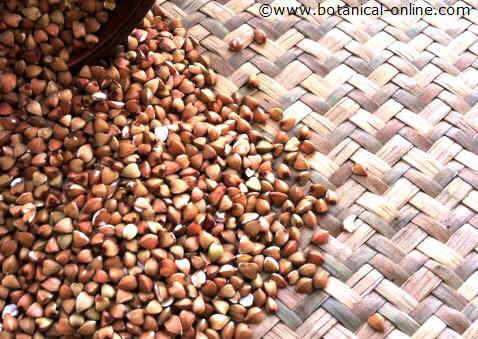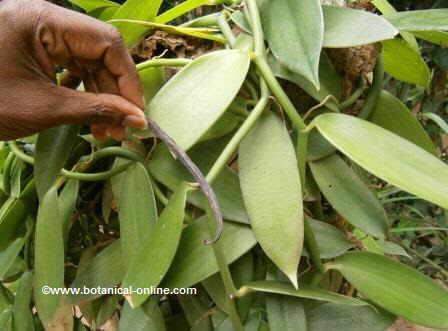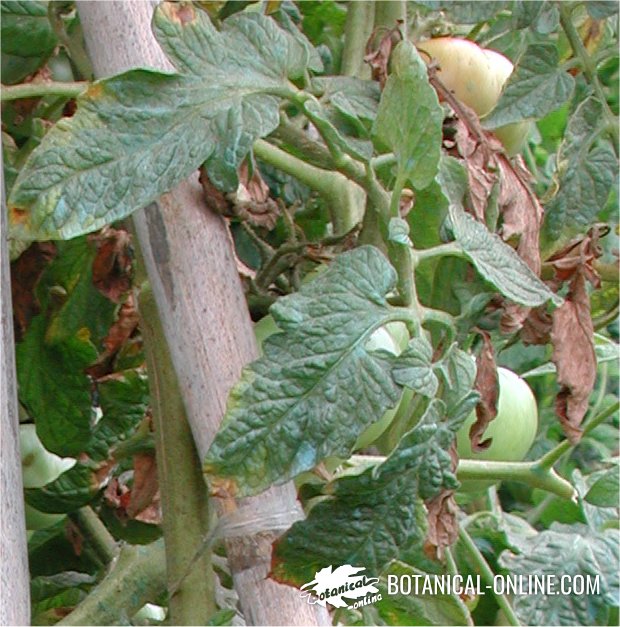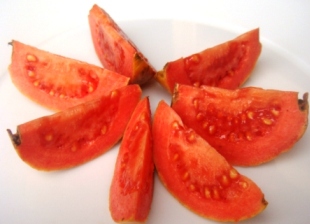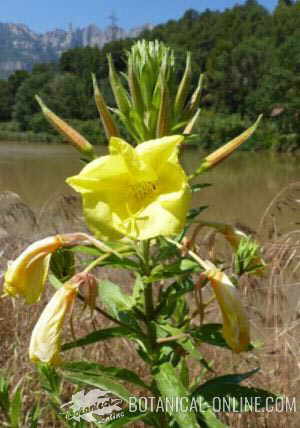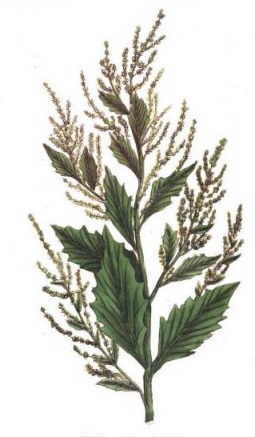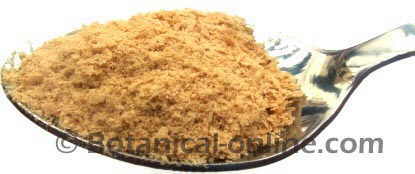Contents
- 1 WHAT IS AN AGAVE PLANT?
- 1.1 Characteristics of agave (Agave americana)
- 1.2 DESCRIPTION OF AGAVE
- 1.3 Agave leaves are well adapted to the environment and harassment of animals
- 1.4 Agave flowers
- 1.5 How is agave reproduction?
- 1.6 Pines of agave
- 1.7 Components of agave
- 1.8 Traditional uses of agave
- 1.9 FOOD AND BEVERAGES OBTAINED FROM AGAVE
WHAT IS AN AGAVE PLANT?
Characteristics of agave (Agave americana)
Common English Name: Century plant, American aloe, rattlesnake’s master
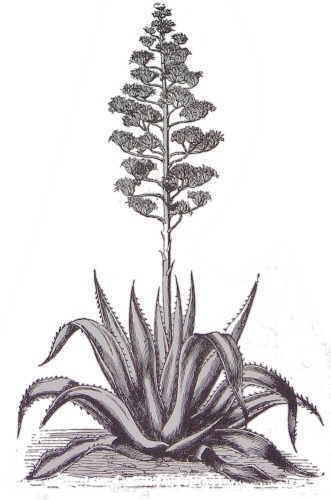 Botanical illustration of agave (Agave americana) Botanical illustration of agave (Agave americana) |
– Spanish / Castellano: Maguey, agave, agave azul, azabara, acibara, maguey pinto, maguey pulquero, pita, cabuya, fique, mezcal, yucatan, henequén.
Scientific name: Agave sp. The common name in English of Agave americana (Century plant) refers to the durability of this plant, which, although it does not usually live 100 years, it easily reaches 25 or 30. In general, plants of the genus Agave live for long.
The genus name Agave was given by Linnaeus in 1753. “Agave” is a word that comes from the Greek “agauós” meaning nobleman. Carlos Linnaeus gave him the full name of Agave americana.
Family: Asparagaceae. They were before included in agavaceae (and these, in turn, in the lily family – Liliaceae).
Habitat: In rocky, arid, rocky ground of dry and hot weather. Plants growing naturally in Mexico, southern United States and the Caribbean islands. Its use has spread in Mediterranean areas, where they are grown in gardens and parks in rocky and dry areas.
DESCRIPTION OF AGAVE
Plants of the Agave genus are perennial succulent plants that stand out for their leaves grouped in rosettes. Some of these plants have sessile rosettes, that is to say, without stems; others, as they mature, they produce stems looking like tree trunks. (Arborescent stems)
Agave leaves are well adapted to the environment and harassment of animals
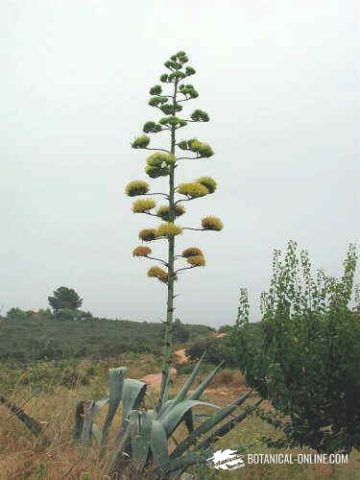
Thick, fleshy, usually sword-sized and vertically erect leaves. Most often finished in a strong and very sharp needle, and margins in most cases with teeth or spines. Spiny or toothed formations are an adaptation of these plants against harassment of animals.
Agave leaves, called “pencas”, are adapted to drought conditions where they live. They are thick leaves (succulent) because they store a lot of water inside.
In times of prolonged drought, they lose some of their thickness and even appear wilted, changing its vertical aspect by a drooping one.
To avoid perspiration and the subsequent loss of water, agave leaves are covered with a waxy coating that is what gives them the typical bluish green color.
In addition to its thickening it should be noted that agave leaves are very fibrous. The fibers begin at the base and reach the apex. Some agave species are specially cultivated because of their fibers, such as sisal (Agave sisalana)
Agave flowers
The flowers of these plants are slow to bloom, usually between 5 to 10 years, although some may take up to 40 years. Generally the smaller species usually bloom at 4 or 5 years, while the larger species are wont to do between 10 and 25 years.
Only bloom once in life. The flowers are placed at the end of a scape or flowering stem (quiote) that can reach between 2 and 10 meters high. The flowers are arranged in inflorescences branched or simple. (Racemes, spikes or panicles)
Once the flowers are dried plant dies. Most species of maguey only bloom once in life (monocarpic species).
How is agave reproduction?
The maguey can reproduce sexually and asexually. It reproduces sexually by seeds and asexually by shoots springing off the main floor or bulbils that grow in the floral stem.
Sprouts grow from the underground rhizomes around the main stem. Once outside, they produce roots that are inserted into the ground causing a new plant. Thus groupings of different plants that can cover a large area.
The bulblets of the flowering stems are separated from them and fall into the ground causing new plants. Sometimes they get stuck in the hair of some animals and are transported away from the main plant.
The flowers are pollinated by a wide range of animals, from insects or birds to birds or mammals. Among the main pollinators we have bats, some of them, such as Leptonycteris nivalis, specialize in a particular type of maguey. Specifically, this species pollinates Agave tequilana.
Other pollinators are mice, squirrels or other rodents; birds, like hummingbirds and parakeets; insects such as flies, bees, wasps, etc.
The flowers produce fruits in capsule. The capsules have elongated oval shapes. Within each capsule, there are the seeds. Each capsule produces many seeds. Some are fertile and have black coloration, while non fertile are white.
The dispersion of seeds is performed by the wind or animals.
Pines of agave
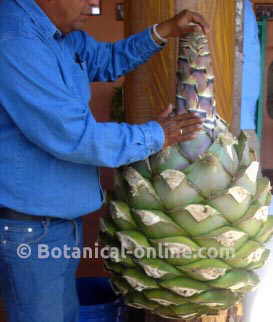 Pine of agave in Oaxaca Pine of agave in Oaxaca |
Agaves have a big bud or core that is a kind of bulge in the center of the plant, around which grow the leaves. It is called pine because, once released from the leaves, it reminds the shape of a pineapple.
In most species of maguey, it is obtained when the plant reaches seven or eight years.
Right now, the plant is harvested, freeing it from the leaves and the side teeth, and final spine is cut. The core of these plants or pines can weigh up to 100 kg.
Components of agave
– Carbohydrates (plant): Fiber,
– Steroid glycosides: Hecogenin (plant) Steroidal sapogenins: Clorogenin (Flores), tigogenin, sisalagenin, smilagenin,
– Proteins (Plant)
Used parts of agave: Root, leaves and sap
Traditional uses of agave
Agave has been traditionally used in Mexico since before the arrival of the Spaniards. It is believed that its consumption dates back to about 7000 BC. When the Spaniards arrived in America, they saw the Aztecs used maguey for many purposes. The most commonly used species was Agave pacifica, with which they made clothing, ropes, baskets, etc.
In Spain it was introduced in the sixteenth century when Hernan Cortez brought the plant and the exploitation and utilization techniques. From here, it spreads along the Mediterranean coast.
Agave was the basis of survival of a resident in New Mexico Apache tribe whose inhabitants were known as “mezcaleros”. They used the leaves to feed and elaborated with its fibers ropes, baskets, sandals, etc. They lit fires with the dry leaves and sewed their clothes with fibers obtained by crushing the leaves. The tips of agave leaves served as their needles.
Driven out of their territories by the United States, currently they are living in Mescalero Apache Indian Reservation in southcentral New Mexico.
Agaves have been used mainly for:
– Make textile fibers: The leaves were worked to develop fibers with which clothes to wear, blankets, carpets, ropes were fashioned, etc.
Blouses worn by indigenous (huipil) were made with the most delicate fibers of this plant. The huipil was a kind of rectangular canvas with a top opening for the head and two for side arms. Today, it is considered the traditional costume of southern Mexico.
The final thorns of maguey leaves were used as needles.
Currently, some species of agave are cultivated for the production of textile fibers. Such is the case of Sisal Sisal Agave or species, of which there are intensive crops in Indonesia and Africa.
– Industry: The chemical industry uses the leaves, roots or seeds for obtaining saponins. With the pulp left over from the production of beverages, cellulose pulp or ethanol is made. The pharmaceutical industry manufactures drugs.
– Develop paper: With the fiber of the huge flowering stems, Aztecs manufactured similar paper to the Egyptian papyrus.
– Build houses: With the flowering stems, in Mexico called quiotes, they made the structure of the houses. Subsequently, they covered the ceilings and walls with maguey leaves. The leaves are also used to form channels to collect rainwater
– Separate farms: Plants are planted in rows on the edge of farms to preserve the entry to outsiders. Strong barbed needles and leaves make it almost impossible to pass between the specimens planted as fences.
FOOD AND BEVERAGES OBTAINED FROM AGAVE
 Oven for roasting agave in Oaxaca (Mexico) Oven for roasting agave in Oaxaca (Mexico) |
– Food: At the base of the flower stalk all species of agave have very large buds, called pines, some of which in some species can reach half a meter in diameter. These buds are edible and were widely used by the Apaches, as well as by the Aztecs. Normally they baked in ovens or on coals. Often they kept cooked to eat them throughout the year.
Today, they continue to sell once they have been baked in stone ovens. Chunks of this type of food are sold in Mexican markets much. The roasting process increases the sweetness of this product, which is chewed as if it were chewing-gum and then, once all the juice has been exhausted, fiber is discarded.
– Agave syrup or agave sweetener: It is obtained from plants of the genus Agave, mainly blue agave (Agave tequilana). Agave syrup has a very high fructose content. By their nature, fructose is sweeter than sugar and absorbed more slowly than this (low glycemic index) so it is especially recommended for diabetics (more)
– Agave sap: The agave is a drink which is extracted from different species within the genus Agave, mainly the Giant agave (Agave salmiana Haw), Agave pulquero (Agave atrovirens Karw) and Century plant (Agave americana). It is primarily a sports drink. It helps replenish fluids and electrolytes by its water content and vitamins (especially niacin and riboflavin) and minerals such as potassium. (more)
– Agave beverages: Distillation of maguey for making alcoholic beverages is due to the contribution of the Spaniards. The Aztecs did not know the alembic, so that, when this plant was brought to Spain in the early sixteenth century, Spanish distillers used their juice to produce alcohol, following the technique already known for the production of spirits from cereals fermentation.
Later the alembic and its use was brought to America, where the production of distilled spirits from fermented juice of the maguey, such as tequila or mescal, surpassed in quantity and quality to products that were made in the old continent.
It must be stated that the Aztecs already knew what was the maguey fermentation juice. From this sugary liquid, elaborated pulque, a beverage of fermented agave juice with a fairly low alcohol content.
![]() More information on agave
More information on agave

